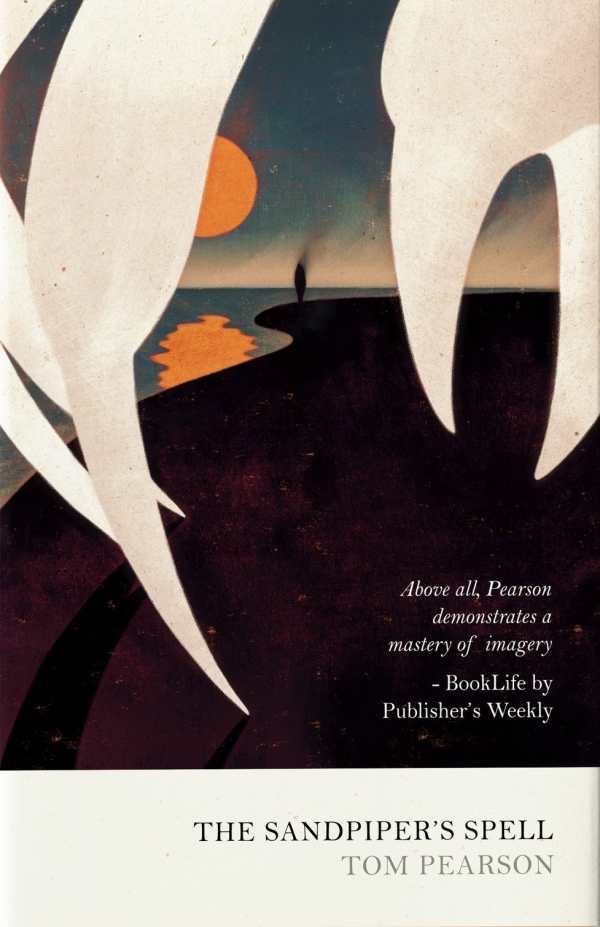
The Sandpiper's Spell
Reflecting on the enchantments that nature casts on people, The Sandpiper’s Spell is a beautiful poetic mosaic.
Tom Pearson’s The Sandpiper’s Spell contains poems that meditate on nature, life, death, and memory, using language in startling and dazzling ways.
Organized in seven parts, each beginning with a piece of “The Sandpiper’s Spell,” the poems revolve around imagery borrowed from beaches, waterways, and birds in flight and at rest. The first poem in the series finds meaning in the absence of birds, the memory of their feasts upon crabs and other aquatic life, and their “carnage left strewn across a sand pile.” The interrelationships between life and death, predator and prey, inform such glimpses of the natural world.
Written in free verse, most of the poems are short, their lines not extending beyond one page in length. The exceptions are often eulogies to the past or celebratory passages in praise of nature. The use of indentations and spaces invite pauses, breaths, and reflections.
The entries utilize alliteration to create a cascade of sounds, like the keening cry of the sandpipers; the shore contains “tragedy with treasure,” and the birds mimic the dance of “lovers lost / while mating in moonlight.” And the tone is kind and unobtrusive: in “The Sandpiper’s Spell: Part 2,” the narrator spots mermaid’s purses on the seashore. Round like “a swollen and pregnant belly,” these sacks contain “emergent life,” and so
I throw purses back into the water
along my way
starfish too.
Individual poems are studded with allusions to myths, fairy tales, and art. In “Gallery Opening,” ideas are displayed “before a panel / of predators,” thereby commenting on the competitive nature of the arts. The tale of a fisherman and his wife appears in “Fish Stories,” where the wish-granting flounder is “pressed for too much mystery,” hinting at the fairy tale’s unhappy ending. The next poem revolves around the folkloric idea of having three wishes, and mythological figures like Hephaestus receive odes: the disfigured god “offers from injury / to fabricate life.”
Intertextuality and keen attention to word choices mark these poems as texts to linger over and return to. They implicate humanity in the encroachment of cities upon coastlines, too, with subtle ecological messages that sit alongside ruminations on tourism and culture, on memory and identity.
The Sandpiper’s Spell is a beautiful poetic mosaic that’s arranged to provoke thought and kinship with nature, reflecting on the enchantments that nature casts on people.
Reviewed by
Jeana Jorgensen
Disclosure: This article is not an endorsement, but a review. The publisher of this book provided free copies of the book and paid a small fee to have their book reviewed by a professional reviewer. Foreword Reviews and Clarion Reviews make no guarantee that the publisher will receive a positive review. Foreword Magazine, Inc. is disclosing this in accordance with the Federal Trade Commission’s 16 CFR, Part 255.
